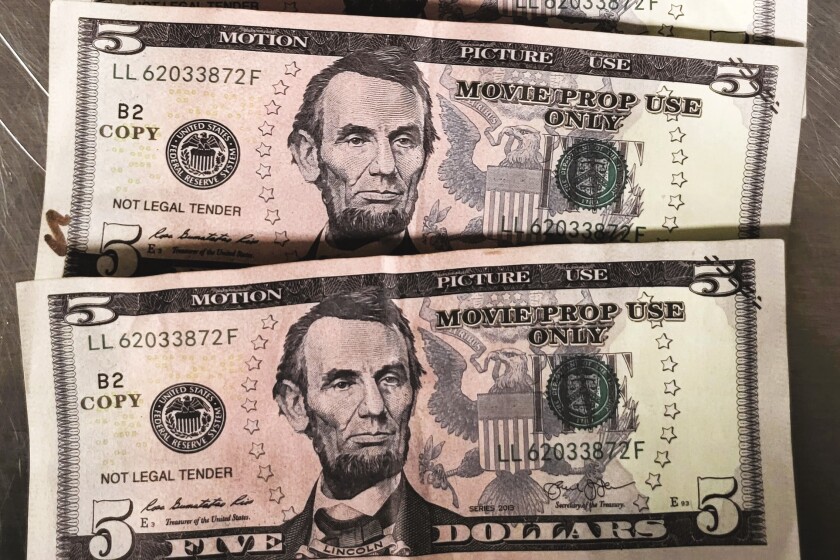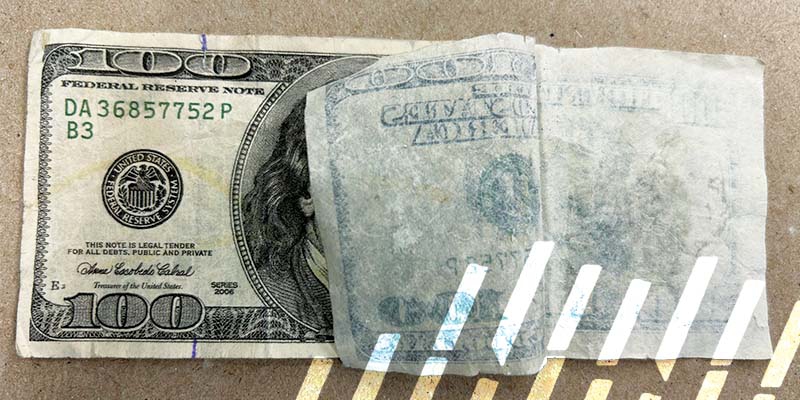Navigate the marketplace: Procure Funny Money available with Confidence
Navigate the marketplace: Procure Funny Money available with Confidence
Blog Article
Explore making uses of copyright Money in Artistic Creations and Theatrical Performances
Phony cash, often identified with deceptiveness and illegality, holds a peculiar allure when it finds its means into the world of theatrical performances and artistic productions. Its history is stuffed with complicated stories that have motivated artists to include these reproductions into their works. From the visual arts to the remarkable stage, phony currency has actually been used in fascinating manner ins which challenge perceptions and prompt thought. As we look into the diverse usages of funny money in these innovative domain names, we start to uncover a globe where authenticity and imitation blur, motivating us to examine the actual nature of worth and depiction within art and performance.

Historic Importance of Funny Money in Art
The historic value of funny money in art is a complicated and interesting subject that loses light on the intersection of imagination, subversion, and socio-political discourse. Throughout history, artists have actually made use of funny money as a tool for tough social norms, examining the worth of money, and making powerful declarations about wide range and power.
One of the most noteworthy examples of funny money in art go back to the Dada activity of the early 20th century - copyright money for sale. Artists such as Marcel Duchamp and Hannah Höch included copyright into their works to criticize the capitalist system and explore the principle of worth in a quickly altering world
In addition, during times of economic instability or political upheaval, copyright money has been utilized by artists as a form of objection or disobedience. By creating and flowing copyright, artists have been able to interrupt the status quo, challenge authority, and provoke essential conversations about the function of cash in culture.
Impact of copyright Money on Visual Arts
Affecting the aesthetic arts landscape, phony money has actually worked as a thought-provoking medium for artists looking for to challenge traditional point of views on riches and commerce. By incorporating funny money into their jobs, artists provoke conversations on the nature of worth, authenticity, and societal assumptions of wide range. Via the assimilation of copyright currency, aesthetic artworks can face visitors with concerns about the power dynamics integral in economic systems and the impressions of prosperity. Using fake cash in art additionally increases honest considerations concerning the borders of artistic expression and the ramifications of reproducing lawful tender. In addition, copyright money in visual arts can function as a discourse on customer society, materialism, and the ruthless pursuit of riches in modern society. Generally, the influence of copyright money on aesthetic arts is complex, boosting essential representations on the crossway of cash, art, and societal values.
Meaning and Significance in Theatrical Imitation Displays
Making use of theatrical imitation screens, artists employ symbolic representations to communicate deeper significances and stimulate thought-provoking interpretations within the world of performance art. With the incorporation of copyright in staged productions, developers can explore themes such as greed, power, corruption, and the impression of wealth. Using phony currency on stage can work as an allegory for societal issues, economic variations, and the delicacy of monetary systems.
In theatrical efficiencies, the symbolic value of copyright money extends past its monetary well worth. It can symbolize the deceitful nature of looks, the quest of materialistic wishes, and the consequences of underhanded actions. By utilizing funny money as a prop, artists can challenge audiences to navigate to these guys examine truth definition of riches and the moral borders that individuals might cross in its quest.
Moral Factors To Consider being used copyright for Art

One significant moral consideration is the potential legal repercussions of making use of copyright in art. Counterfeiting currency is unlawful in a lot of nations and can cause major effects for musicians who intentionally include imitation expenses into their work. copyright money for sale. This not only puts the musician at danger however likewise raises questions concerning advertising prohibited tasks through art
In addition, there is an honest issue relating to the authenticity of the art work itself. Making use of funny money blurs the line between truth and replica, potentially tricking visitors and endangering the integrity of the imaginative item. Artists have to think about whether the use of copyright money lines up with their worths and artistic intents, weighing the potential impact on their credibility and integrity.
Future Patterns in Imitation Cash Integration
Taking into consideration the developing landscape of imaginative expression, the unification of copyright in innovative jobs might witness a change in the direction of cutting-edge and provocative avenues. As artists proceed to press borders and discover new tools, funny money could increasingly be used to challenge social standards, question the value of currency, or make powerful declarations about wealth and consumerism.
One future trend in funny money assimilation might be its usage in immersive art installations where target markets are encouraged to interact with the items, blurring the lines in between fact and impression. Furthermore, advancements in modern technology might cause the development of hyper-realistic copyright money that is basically equivalent from authentic money, opening up possibilities for a lot more comprehensive and elaborate artworks.
Moreover, cooperations in between artists and counterfeiters can cause distinct items that integrate conventional creative strategies with the craftsmanship of creating funny money. Honest considerations bordering the validity and principles of utilizing phony cash in art will proceed to be a point of contention as these future trends unfold.
Conclusion
In verdict, making uses of funny money in creative developments and staged efficiencies have a long background and remain to be a check that resource of ideas for musicians. From its historical value to its effect on visual arts and importance in theatrical display screens, funny money plays an unique duty in the art world. Nevertheless, moral considerations have to be taken into consideration when utilizing copyright money for imaginative objectives. The combination of funny money in art is most likely to continue progressing in the future.
Generally, the impact of phony currency on visual arts is complex, stimulating essential representations on the intersection of cash, art, and social values.

In conclusion, the usages of copyright cash in creative creations and theatrical performances have a lengthy history and continue to be a source of ideas for artists. Honest considerations must be taken right into account when utilizing phony money for creative functions. The integration of copyright in art is most likely to continue advancing in the future.
Report this page